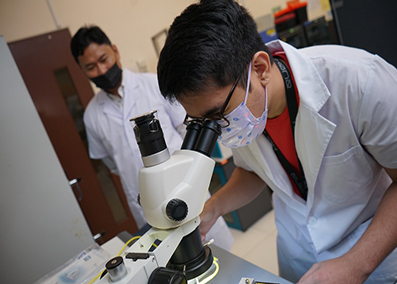Research and innovation in UKM lead to impactful journal publications and solutions to national and regional problems
Prof. Dato’ Dr. Wan Kamal Mujani
Deputy Vice-chancellor, Research & Innovation Affairs
Research at UKM contributes significantly to the economic and social development through an ecosystem that fosters intellectual discovery, innovation, dissemination, and application of knowledge.
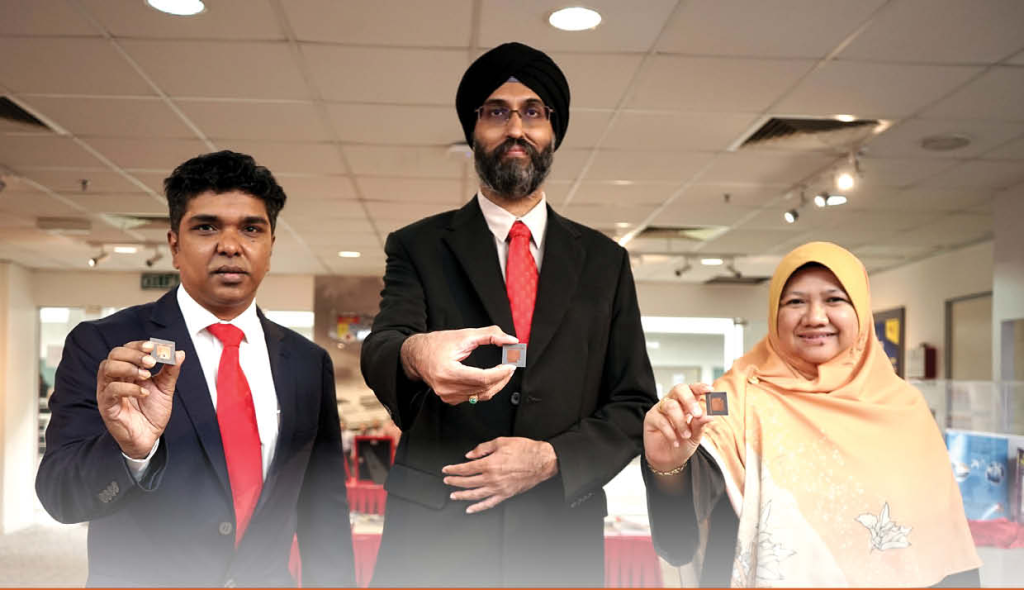
Researchers from Universiti Kebangsaan Malaysia (UKM) Faculty of Engineering and Built Environment successfully created a high patch antenna for C band communication that was launched from the International Space Station (ISS).
According to the head researcher Prof. Mohammad Tariqul Islam, the compact sized antenna was installed on a satellite cube (CubSat) known as the KITSUNE nanosatellite.
Muhammad Tariqul further added that the antenna was fitted on a CubeSat KITSUNE due to its small size of 30 x 30 x 1 mm3.
“The KITSUNE satellite is a CubeSat 6U with parallel square sides of about 10 x 20 x 30 cm. Hence, a compact sized antenna, lightweight, and stability are required for the smooth operation of this nanosatellite mission,” he explained.
He said that the communication between CubeSat and the Earth is highly dependent on the antenna system.
“This antenna feature is unique because it does not interfere with other signals from the satellite system, ensuring better communication to users.
“This simple and compact structured antenna can operate in C band transmission applications (5.66 GHz and 5.84 GHz) with Circularly Polarized radiation. “A constant polarisation of the antenna ensures a steady receiving communication signal,” he explained adding that the project is in collaboration with the Kyushu Institute of Technology, Japan (Kyutech).
Three other researchers who worked on the project are Prof Dr Norbahiah Misran, Prof Ir Dr Mandeep Singh, and Dr Md Samsuzaaman.
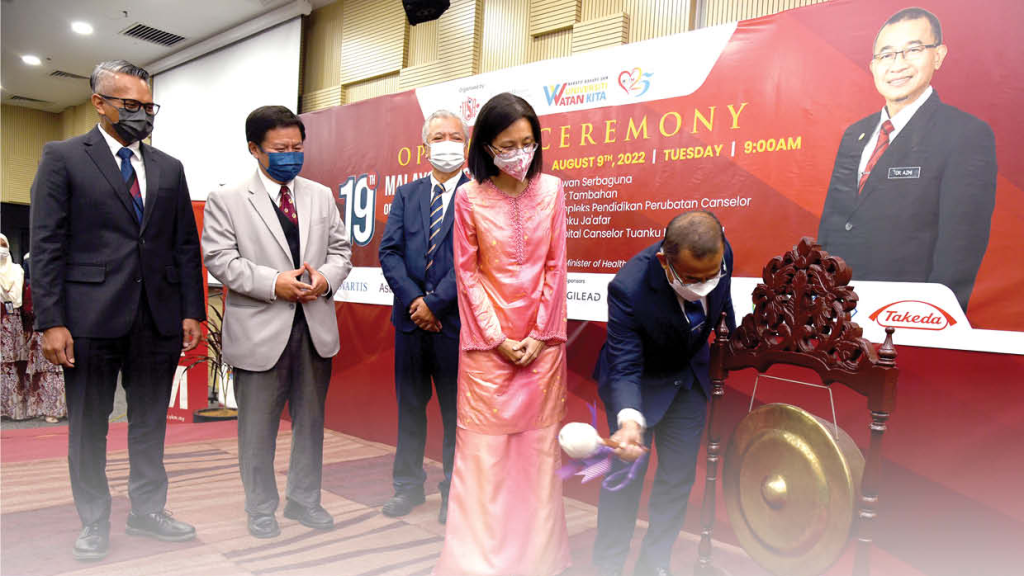
Universiti Kebangsaan Malaysia (UKM) through the Cell Therapy Center, Chancellor Tuanku Muhriz Hospital conducted two clinical phase studies of cell-based immunotherapy or cell therapy to treat blood cancer.
The two studies are dendritic cell (DC) therapy and CART-T (Chimeric Antigen Response-T) cell therapy.
Deputy Minister of Health, Dato’ Dr. Noor Azmi Ghazali said the government welcomes the efforts made by the UKM Cell Therapy Center and will review issues such as regulations that are said to restrict the development of treatment for the disease.
He said that the Ministry of Health will investigate this matter in light of the recent rise in non-communicable diseases and cancer.
“We support this type of research and will look into it further, improve the situation, and look at issues such as regulations that are said to be restrictive, causing us to lag behind other countries,” he said.
In response to the clinical study, he stated that engineering T cell therapy is a novel approach for treating patients with relapsed/ refractory leukemia and lymphoma.
“I understand that the UKM Cell Therapy Center’s CAR-T research group has designed the first clinical study in Malaysia to assess the safety profile and efficacy of CAR-T therapy for patients with relapsed/ refractory B-cell acute lymphoblastic leukaemia and B-non-Hodgkin’s lymphoma.
“These studies will undoubtedly have a positive impact on the development of blood cancer treatment in Malaysia, as well as providing opportunities for patients with recurrent or chemo refractory blood cancer to seek alternative treatment,” he said.
He also mentioned that the most common cancer for women is breast cancer, and men, are prostate and colorectal cancers. Other cancers such as lung cancer, is the result of the country’s ageing population and unhealthy lifestyle choices.
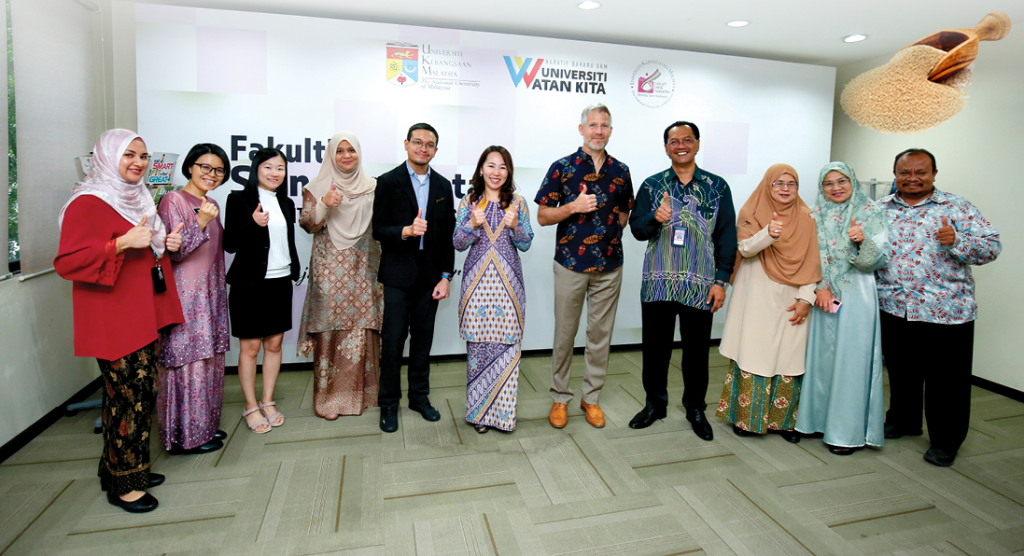
Universiti Kebangsaan Malaysia (UKM) and Mead Johnson Nutrition (Malaysia) inked a Memorandum of Agreement (MoA) to conduct a study on the efficacy of yeast beta glucan supplementation in adults to strengthen the immune system, and gut health.
According to a co-researcher Dr. Munirah Ismail, yeast beta glucan is one of the immunomodulators that has immune stimulating properties which may be a useful tool to prime the host immune system and increase resistance against invading pathogens.
“Most clinical studies look at the effectiveness of yeast beta glucan at high doses, but this study will look at the impact on gut health in adult populations using a low dose of yeast beta glucan.
“Our clinical trial will include over 100 working adults who will be supplemented with yeast beta glucan-containing milk twice a day for three months.
“There will be three groups in total, with two receiving 100g and 200g yeast beta glucan respectively, and one serving as a control group,” she said.
The research team expect that the findings of this study will provide a positive effect on the value of immunonutrition supplementation using yeast beta glucan at a lower dosage on upper respiratory tract infection, fatigue, immune response health outcome and be able to generate new insights about the mechanism of action of yeast beta glucan in the microbiota immune axis.
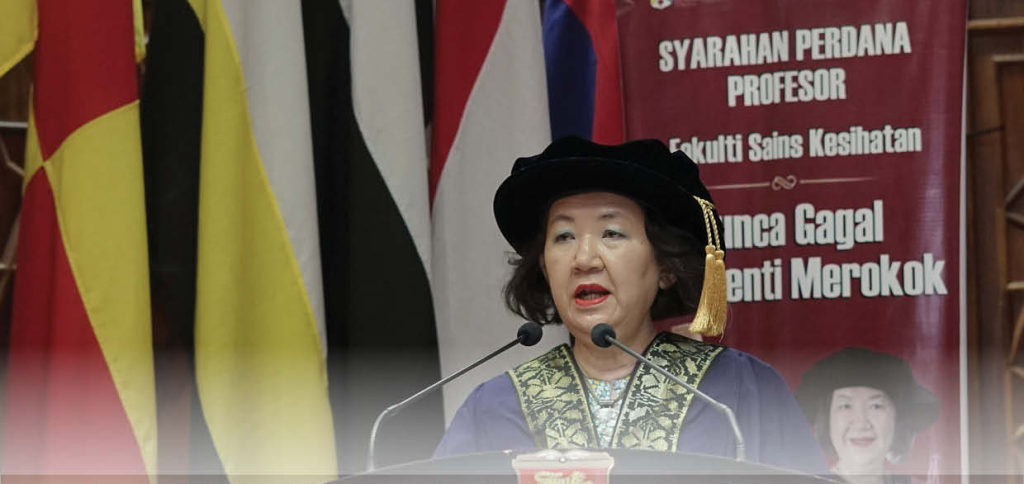
Low readiness and high dependence on nicotine are among the 14 main causes for smokers to relapse into the unhealthy habit.
Other reasons include being exposed to smoking signs, lack of aids to quit smoking, never having the intention to completely quit, dealing with life pressures, and interacting with other smokers on a daily basis.
Furthermore, failing to quit smoking, having negative emotions, low level of motivation, low level of education, lack of self-confidence and social support, the use of alcohol, and experiencing mental illness can all be reasons why smokers fail to quit smoking.
These are the findings presented by Prof. Dr. Wee Lei Hum in her lecture titled ‘Reasons of Failure to Quit Smoking,’ which focuses on what causes ex-smokers to quit smoking and revert to being regular smokers.
Prof. Dr. Wee Lei Hum explained that approximately 75% of smokers are able to quit smoking for six months before relapsing.
“Relapse occurs as a result of an unstable motivation system colliding with ‘moments of weakness,’ low self-control, a strong desire and need to smoke.
“It can also occur as a result of a refusal to accept their new self-identity as a nonsmoker,” she said.
According to studies, almost half of people who relapse to smoking do so within 24 hours of finishing treatment or within the first three months of quitting.
“In reality, many people fail to quit smoking, and the relapse rate is high; as a result, prevention must take precedence over recovery, especially among the younger groups,” she explained.
She further said that there are two strategies were found to be effective in reducing the prevalence of smoking – setting up a place where smokers can stop smoking, and making sure that the next generation doesn’t smoke or use electric cigarettes.

A team of researchers from Universiti Kebangsaan Malaysia (UKM) develop the Kuala Lumpur Multi-hazard Platform (KL-MHP) to better manage and increase the city’s resilience to climate change risks.
According to the head researcher from the Southeast Asia Disaster Prevention Research Initiative (SEADPRI-UKM), Professor Dr. Joy Jacqueline Pereira, KL-MHP is a web-based system that displays detailed weather forecasts for three days ahead.
She added that KL-MHP provides comprehensive disaster warnings, including flood, landslide, and atmospheric threats like heat waves and air pollution.
“This system adapts meteorological, atmospheric, and disaster models based on Malaysian and Southeast Asian tropical climates and then integrates them into one platform.
“Unlike general weather forecasts, KL-MHP provides detailed forecasts down to the scale of residential areas,” she said.
The data from KL-MHP is currently being used by the Kuala Lumpur Rescue Squad at Kuala Lumpur City Hall (DBKL) to make thorough preparations for responding to urban disasters such as floods and landslides.
“Furthermore, DBKL can make better decisions about land use and development control in Kuala Lumpur based on scientific evidence to deal with climate hazard issues such as floods, landslides, strong winds, and urban heat, which are expected to worsen in the near future.
“KL-MHP can also assist in identifying more misguided actions to raise awareness and disaster preparedness for communities in flood and landslide-prone areas, thereby reducing loss and damage to property and physical assets in the city.” she explained.
Dr. Joy Jacqueline stated that KL-weather MHP’s and disaster forecasting accuracy is consistent and exceeds 90 percent for floods and flash floods.
Meanwhile, the prediction accuracy for landslides is greater than 95 percent.
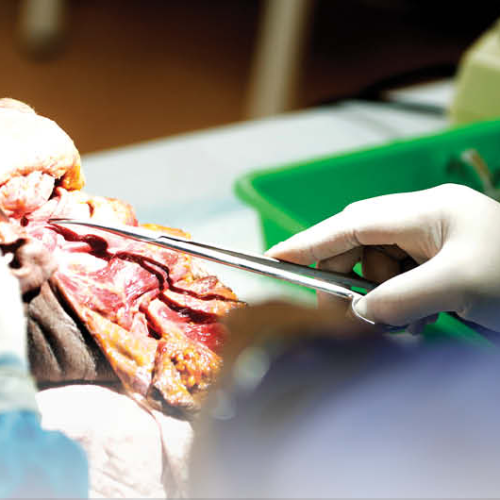
Head and neck cancer surgeon at Tuanku Muhriz Chancellor Hospital (HCTM), Prof. Dr. Mohd. Razif Mohamad Yunus successfully performed a surgery to remove a three-kilogram salivary gland from the neck of a patient.
The Universiti Kebangsaan Malaysia (UKM) Faculty of MEdicine professor claimed the tumor, which measured 20cm x 30cm, was one of the largest extractions his team had ever performed.
The patient, whose salivary gland has been slowly enlarging over the course of eight years, has agreed to continue with the operation because it has become difficult for her to perform daily prayers.
The five-hour operation went off without complications.
“As this surgery involved a patient over the age of 60, the team had to consider many risk factors, such as the patient’s heart and lungs condition.
“A high level of expertise and appropriate instruments are required to avoid facial nerve damage and blood vessels that connect to the brain and heart,” he explained.
Prof Dr. Mohd. Razif used a special instrument called the Harmonic scalpel, which is easy to use, capable of reducing bleeding, shortening surgery time, and ensuring patients’ quick recovery.
According to him, the salivary gland tumor is categorized into two which is non-cancerous (benign) and (malignant) cancerous.
“In this case, patients have a non-cancerous tumor. If left untreated, however, it can continue to grow and cause discomfort to the patient,” he said.
He further explained that the real cause of the formation salivary gland growth is still unidentified.
“It has nothing to do with genetics, nutrition, or individual lifestyle. This problem, however, can be avoided by recognising the symptoms during the early stages of salivary gland tumor formation.
“If you notice any unusual lump on your face or neck, seek treatment or consultations right away. This will ensure that the lump is examined to determine whether it requires further treatment,” he concluded.

The state government’s project to transform the city of Bertam into a smart energy city, is expected to have the potential to reduce energy and carbon emissions by 69.7%.
Universiti Kebangsaan Malaysia through the Solar Energy Research Institute (SERI) and UKM Pakarunding in collaboration with Jinko Solar Technology Sdn Bhd has made strides in developing this smart energy city.
The project includes a total of four buildings in the Bertam district were selected for the implementation of this project, among them the Abdullah Fahim Mosque, the Kepala Batas Hospital, the Kepala Batas Industrial Training Institute and the Public Works Department of Seberang Perai Utara.
Project Leader, Ar. Dr. Lim Chin Haw said the simulation results showed that the ‘baseline’ of Bertam’s overall energy consumption was 928-gigawatt hours (GWh) and carbon emission at 479,123 tonnes of carbon dioxide (CO2) per year.
“The total size of the Solar PV system that has been installed is 41 kilowatts peak (kWp), capable of generating 57,400-kilowatt hours (kWh) of solar energy per year and reducing carbon emission by 835 tonnes of CO2 per year,” he said.
In addition to energy savings, the project encourages developers and building owners to incorporate green technology features into energy efficiency and conservation strategies.
“This transformation takes a comprehensive approach, incorporating energy conservation, energy efficiency, and renewable energy sources such as solar energy,” he said.
Operating Hours
Monday – Thursday
8.00am – 1.00pm
2.00pm – 5.00pm
Friday
8.00am – 12.15pm
2.45pm – 5.00pm
Saturday, Sunday & Public Holiday – CLOSED
Deputy Vice-Chancellor
Research & Innovation
Level6, Chancellory Building
Universiti Kebangsaan Malaysia
Tel: +603 89215082
Fax: +603 89214243
Email: tnchejim@ukm.edu.my
Web: www.ukm.my/riceukm
